Starting to learn salsa can feel overwhelming. With so many steps and techniques, it’s easy to get stuck. You might worry about looking awkward or not keeping up with the beat. These fears can stop you from enjoying the joy of salsa. But don’t let them hold you back!
Imagine feeling confident on the dance floor. Picture yourself moving smoothly and having fun. It’s all possible with the right steps. You just need a clear guide to help you get started and build your skills.
This blog shares easy lessons to master salsa dance steps. From simple moves to smooth transitions, you’ll learn everything you need to know. Whether you’re dancing at home or in a class, these tips will set you up for success. Let’s get moving and make your salsa journey unforgettable!
Table of Contents
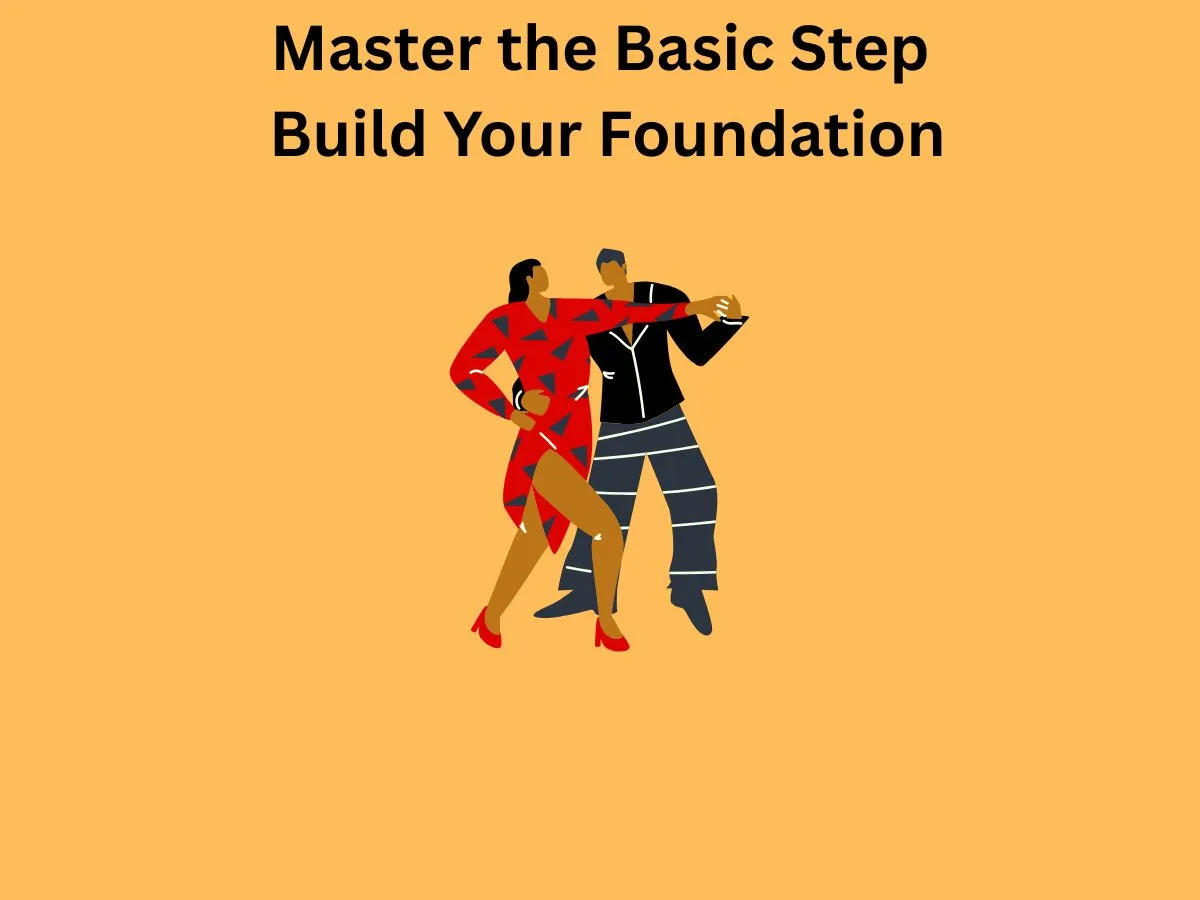
Master the Basic Step: Build Your Foundation
The basic step is the cornerstone of salsa dancing. It’s simple yet essential, forming the foundation for all other moves. To start, stand with your feet together. On beat one, step forward with your left foot. On beat two, shift your weight to your right foot. On beat three, bring your left foot back to centre. Beat four is a pause. Repeat the pattern by stepping back with your right foot on beat five, shifting to centre on beat six, and bringing your right foot back to centre on beat seven. Beat eight is another pause. This step helps you get comfortable with the rhythm and timing of salsa.
As you practice, focus on keeping your movements smooth and controlled. Keep your hips and arms loose to let the music guide your body. The basic step is all about feeling the beat and letting it flow through you. Once you’ve mastered this, you’ll have a solid foundation to build upon. It’s a great way to warm up and get into the groove before moving on to more complex moves.
Practicing the basic step also helps improve your coordination and balance. It’s a move that you’ll use in almost every salsa routine, so it’s worth taking the time to get it right. Whether you’re dancing in a class or at a social event, the basic step is your starting point. It’s simple, effective, and sets the stage for everything else you’ll learn.
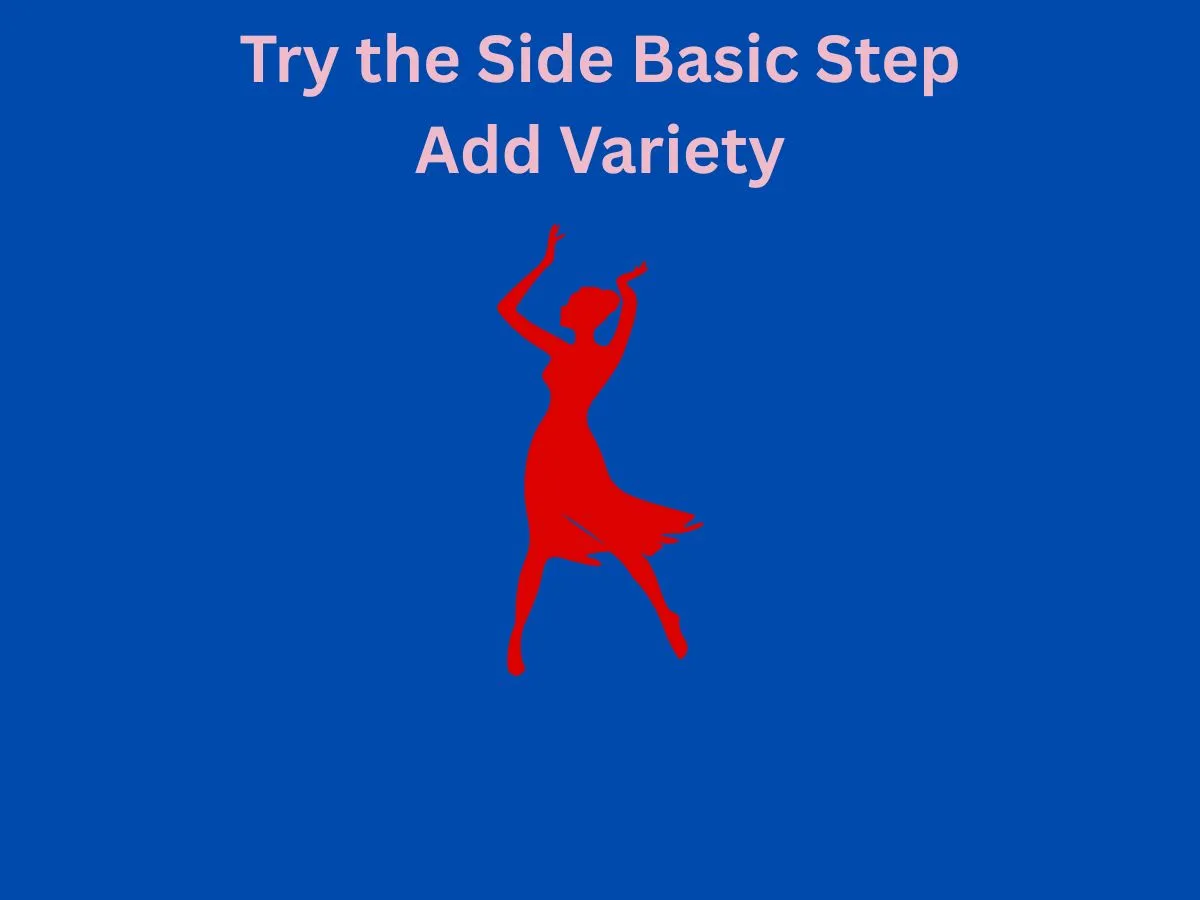
Try the Side Basic Step: Add Variety to Your Moves
The side basic step is a great way to add variety to your salsa routine. It’s similar to the basic step but involves moving to the side instead of forward and back. Start with your feet together. On beat one, step to the left with your left foot. On beat two, shift your weight to your right foot. On beat three, bring your left foot back to center. Beat four is a pause. Repeat the pattern by stepping to the right with your right foot on beat five, shifting to center on beat six, and bringing your right foot back to center on beat seven. Beat eight is another pause.
This move helps you get comfortable with moving in different directions. It’s a great way to add variety to your dance and keep things interesting. As you practice, focus on keeping your movements smooth and controlled. The side basic step is all about flow and rhythm, so let the music guide you. It’s a versatile move that can be used in many different ways, from warming up to adding flair to your routine.
Practicing the side basic step also helps improve your coordination and balance. It’s a move that you’ll use in almost every salsa routine, so it’s worth taking the time to get it right. Whether you’re dancing in a class or at a social event, the side basic step is a fun and functional move that adds variety to your dance. It’s simple, effective, and sets the stage for everything else you’ll learn.
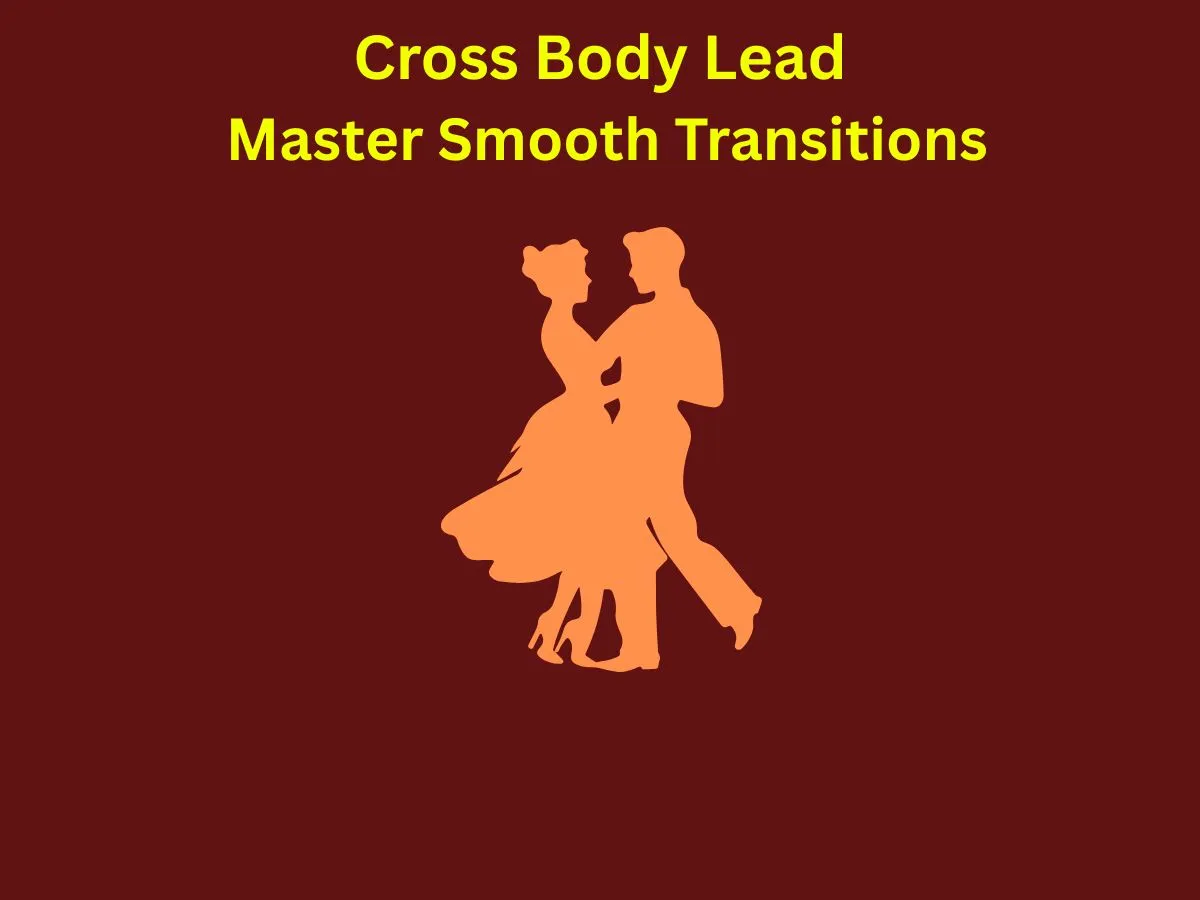
Learn the Cross Body Lead: Master Smooth Transitions
The cross body lead is a key move in salsa that helps you transition smoothly across the dance floor. It starts with the basic step but adds a twist. On beat one, step forward with your left foot. On beat two, step to the side with your right foot. On beat three, pivot your body to face your partner. On beat five, step back with your right foot. On beat six, step to the side with your left foot. On beat seven, pivot your body to face your partner again. This move helps you change positions with your partner while maintaining the basic step pattern.
As you practice, focus on keeping your movements smooth and controlled. The cross body lead is all about flow and rhythm, so let the music guide you. It’s a versatile move that can be used in many different ways, from warming up to adding flair to your routine. Once you’ve mastered this, you’ll be able to transition smoothly between moves and keep your dance dynamic.
Practicing the cross body lead also helps improve your coordination and balance. It’s a move that you’ll use in almost every salsa routine, so it’s worth taking the time to get it right. Whether you’re dancing in a class or at a social event, the cross body lead is a fun and functional move that adds variety to your dance. It’s simple, effective, and sets the stage for everything else you’ll learn.

Add the Inside Turn: Spice Up Your Routine
The inside turn is a classic salsa move that adds flair and variety to your dance. It’s a counterclockwise turn that starts with a cross body lead. To begin, step forward with your left foot on beat one, then step to the side with your right foot on beat two. On beat three, pivot your body to face your partner. This move is great for transitioning smoothly across the dance floor. It’s a versatile turn that can be used in many different ways, from warming up to adding style to your routine.
There are several variations of the inside turn that you can try. For example, you can initiate the turn from the shoulder, hip, or hand. Each variation adds a unique twist to the move. Practicing these variations helps you understand the mechanics of the turn and makes your dance more dynamic. The inside turn is a great way to add excitement and keep your routine interesting.
Mastering the inside turn also helps improve your coordination and balance. It’s a move that requires focus and precision, making it a useful exercise for dancers of all levels. Whether you’re dancing in a class or at a social event, the inside turn adds a touch of sophistication to your moves. It’s a simple yet effective way to elevate your dance game.
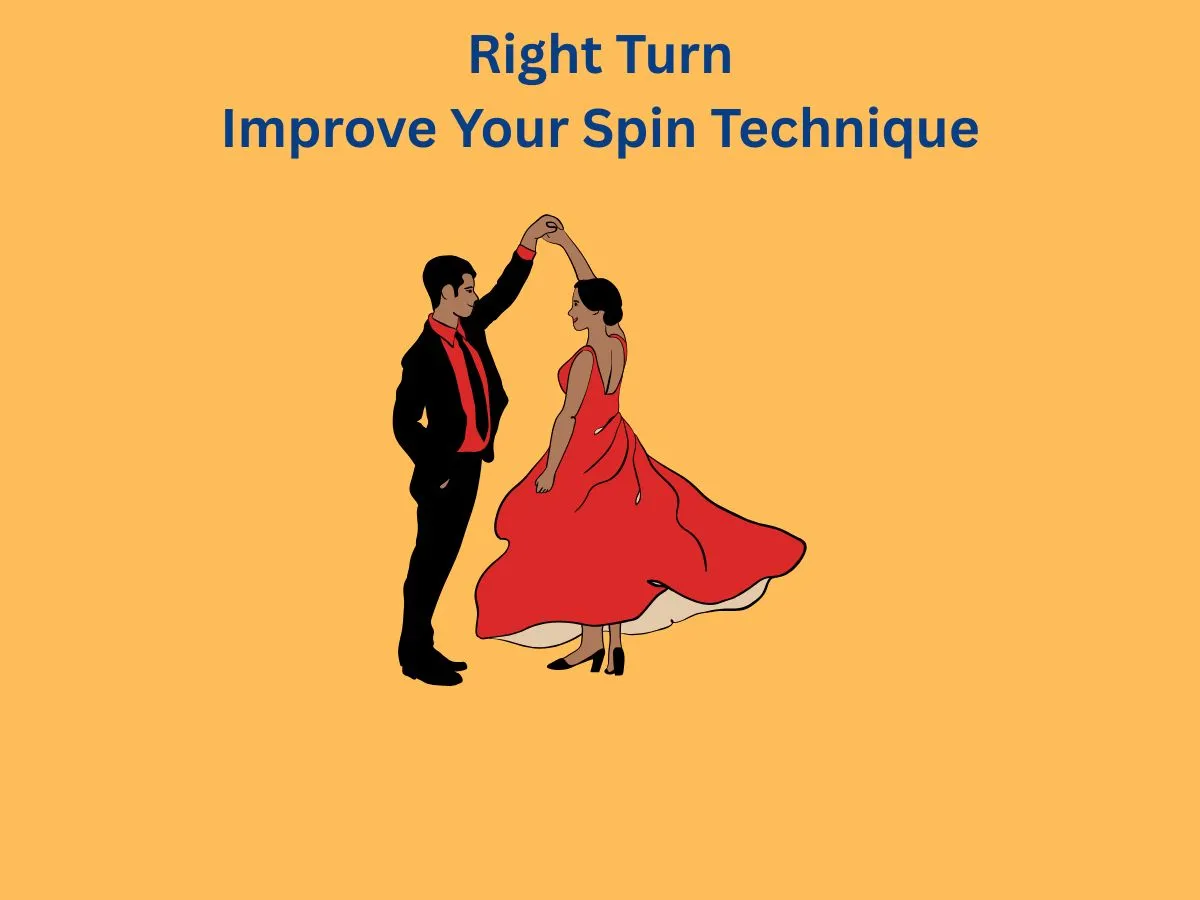
Practice the Right Turn: Improve Your Spin Technique
The right turn is a key move in salsa that helps you improve your spin technique. It’s a clockwise turn that starts with a basic step. On beat one, step forward with your left foot. On beat two, step to the side with your right foot. On beat three, pivot your body to face your partner. This move helps you transition smoothly across the dance floor and adds variety to your routine.
To improve your right turn, focus on keeping your movements smooth and controlled. Practice spotting—focusing on a fixed point as you turn—to prevent dizziness and keep your turns sharp. The right turn is all about flow and rhythm, so let the music guide you. It’s a versatile move that can be used in many different ways, from warming up to adding flair to your routine.
Practicing the right turn also helps improve your coordination and balance. It’s a move that requires focus and stability, making it a useful exercise for dancers of all levels. Whether you’re performing on stage or just dancing for fun, the right turn adds a touch of elegance to your moves. It’s a simple yet effective way to elevate your dance game.

Explore the Left Turn: Balance Both Directions
The left turn is a counterclockwise move that helps you balance both directions in your dance. It starts with a basic step. On beat one, step forward with your left foot. On beat two, step to the side with your right foot. On beat three, pivot your body to face your partner. This move helps you transition smoothly across the dance floor and adds variety to your routine.
To improve your left turn, focus on keeping your movements smooth and controlled. Practice spotting—focusing on a fixed point as you turn—to prevent dizziness and keep your turns sharp. The left turn is all about flow and rhythm, so let the music guide you. It’s a versatile move that can be used in many different ways, from warming up to adding flair to your routine.
Mastering the left turn also helps improve your coordination and balance. It’s a move that requires focus and stability, making it a useful exercise for dancers of all levels. Whether you’re performing on stage or just dancing for fun, the left turn adds a touch of elegance to your moves. It’s a simple yet effective way to elevate your dance game.
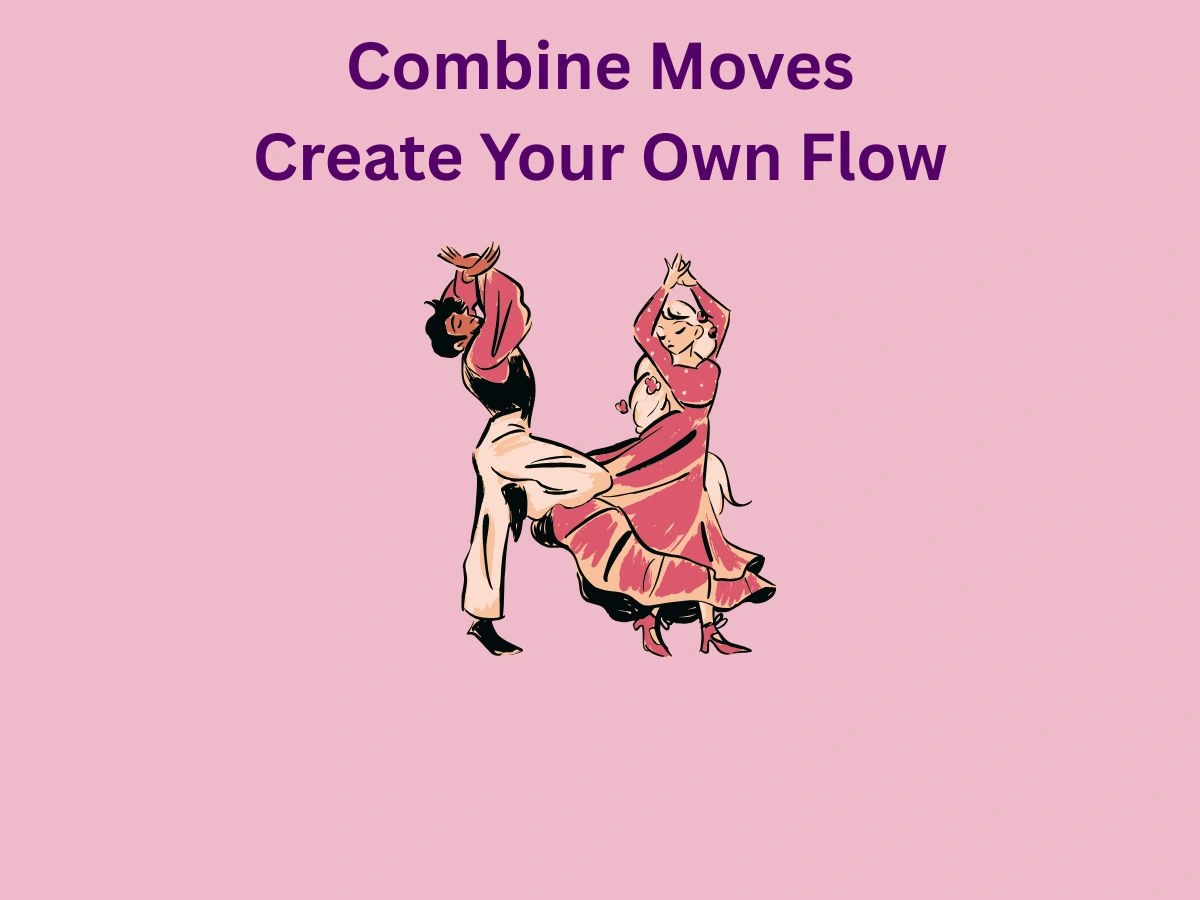
Combine Moves: Create Your Own Flow
Once you’ve mastered the basic steps, it’s time to combine them to create your own unique salsa flow. Start by linking simple moves like the basic step, cross body lead, and inside turn. Experiment with different sequences to see what feels natural. The key is to keep your movements smooth and connected, letting the music guide you. This approach helps you build confidence and develop your personal style.
Adding transitions between steps can make your dance more dynamic. For example, try moving from a cross body lead into an inside turn, or from a basic step into a right turn. These small changes add variety and keep your routine interesting. Don’t be afraid to improvise and try new combinations. The more you practice, the more comfortable you’ll become with creating your own flow.
Creating your own flow is also a great way to express yourself. It allows you to showcase your personality and creativity through movement. Whether you’re dancing alone or with others, combining the basics helps you stand out and enjoy the process. It’s all about having fun and letting the music inspire you.

Perfect Your Timing: Sync with the Music
Perfecting your timing is essential for dancing salsa. The music has a clear rhythm, and staying in sync with it makes your dance look smooth and polished. Start by listening to the beat of the song. Count along with the music—1, 2, 3, pause, 5, 6, 7, pause—to get a feel for the rhythm. This counting helps you stay on beat and makes it easier to follow the music.
If you lose the beat, don’t panic. Focus on your partner’s movements and try to match their rhythm. You can also take a moment to do a basic step in closed hold to regain your timing. Staying relaxed and tuned into the music will help you get back on track quickly. Timing is all about practice, so keep dancing and it will become second nature.
Practicing your timing also helps improve your coordination and rhythm. It’s a skill that you’ll use in every salsa routine, so it’s worth taking the time to get it right. Whether you’re dancing in a class or at a social event, perfecting your timing adds a professional touch to your moves. It’s a simple yet effective way to elevate your dance game.
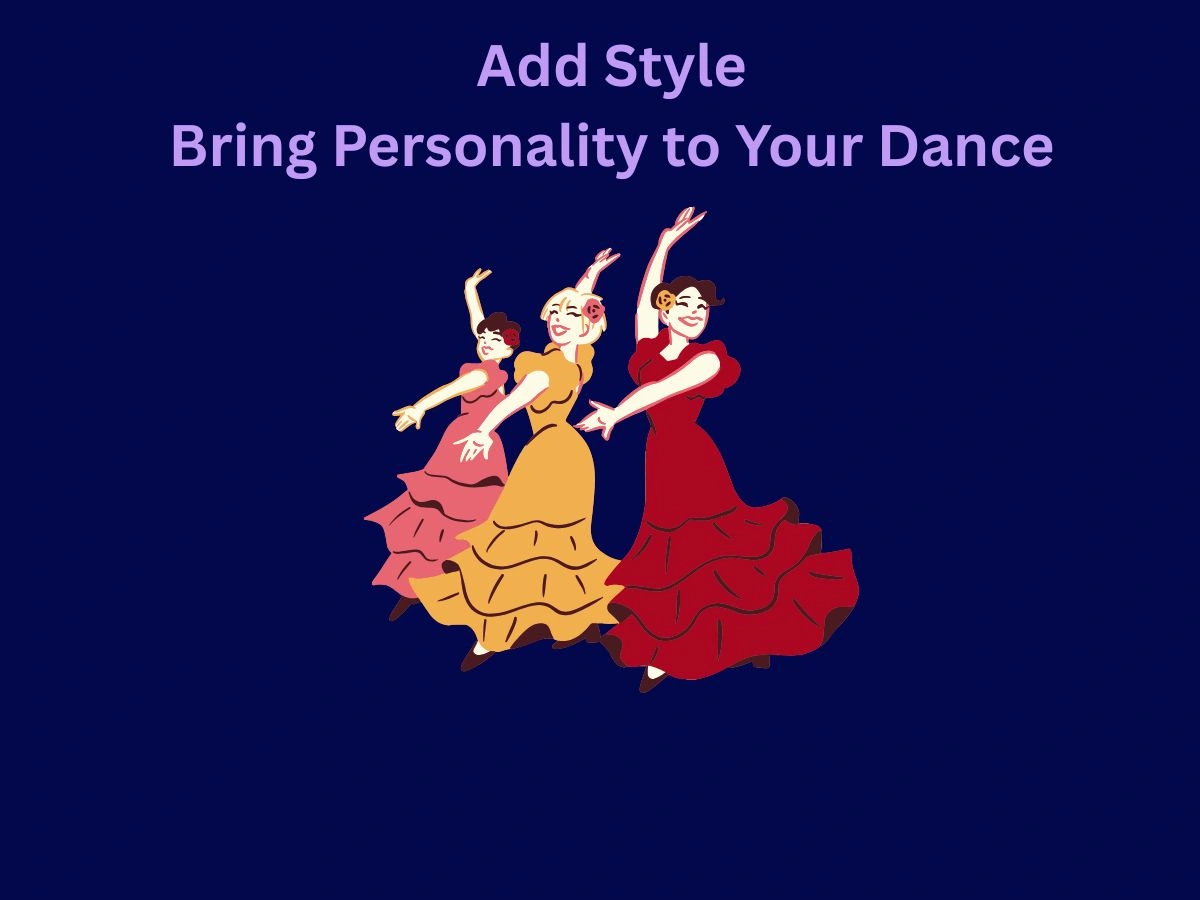
Add Style: Bring Personality to Your Dance
Adding style to your salsa moves is a great way to express your personality. Style is how you make the dance your own, whether it’s through arm movements, body rolls, or unique footwork. Start by experimenting with different arm patterns during basic steps. For example, you can extend your arms out to the side or bring them up for a dramatic effect. These small changes add flair and make your dance more dynamic.
You can also add body movements to enhance your style. Try incorporating hip sways or shoulder rolls into your routine. These moves add a sensual and expressive element to your dance. Don’t be afraid to try new things and see what works best for you. Style is all about showing your personality and making the dance uniquely yours.
Practicing different styles also helps improve your coordination and creativity. It’s a way to keep your dance routine fresh and interesting. Whether you’re performing on stage or just dancing for fun, adding style brings a personal touch to your moves. It’s a simple yet effective way to make your salsa dancing stand out.
Conclusion:
You’ve got the moves, now it’s time to shine on the dance floor! Remember, practice makes perfect, so keep working on these salsa dance steps regularly. Don’t be afraid to add your own flair and have fun with it. Dancing is all about expressing yourself and enjoying the rhythm.
If you hit a snag or want more tips to improve your salsa skills, feel free to reach out to me at info@nandismedia.com. I’m here to help you groove your way to success. Now, get out there and show the world what you’ve learned!
FAQs:
How often should I practice salsa?
Try to practice for at least 15-30 minutes daily to see improvement.
Do I need a partner to learn salsa?
While it’s helpful, you can practice many basic steps and turns on your own.
What should I wear for salsa dancing?
Wear comfortable clothes that allow easy movement and shoes with smooth soles.
How long does it take to become proficient in salsa?
With regular practice, you can become comfortable with basic moves in a few months.
Can I learn salsa if I have no rhythm?
Yes, anyone can learn salsa. Regular practice will help improve your sense of rhythm.
What’s the best way to remember salsa steps?
Break down complex moves into smaller parts and practice them separately before combining.
How can I overcome nervousness when dancing salsa?
Start by practicing at home, then gradually dance in front of others to build confidence.
Are there different styles of salsa?
Yes, there are several styles including Cuban, LA, and Colombian salsa, each with unique characteristics.
How important is it to count the beats in salsa?
Counting helps you stay on rhythm, especially when learning, but becomes more natural with practice.
Can salsa dancing help me get fit?
Yes, salsa is a great form of exercise that can improve coordination, stamina, and overall fitness.